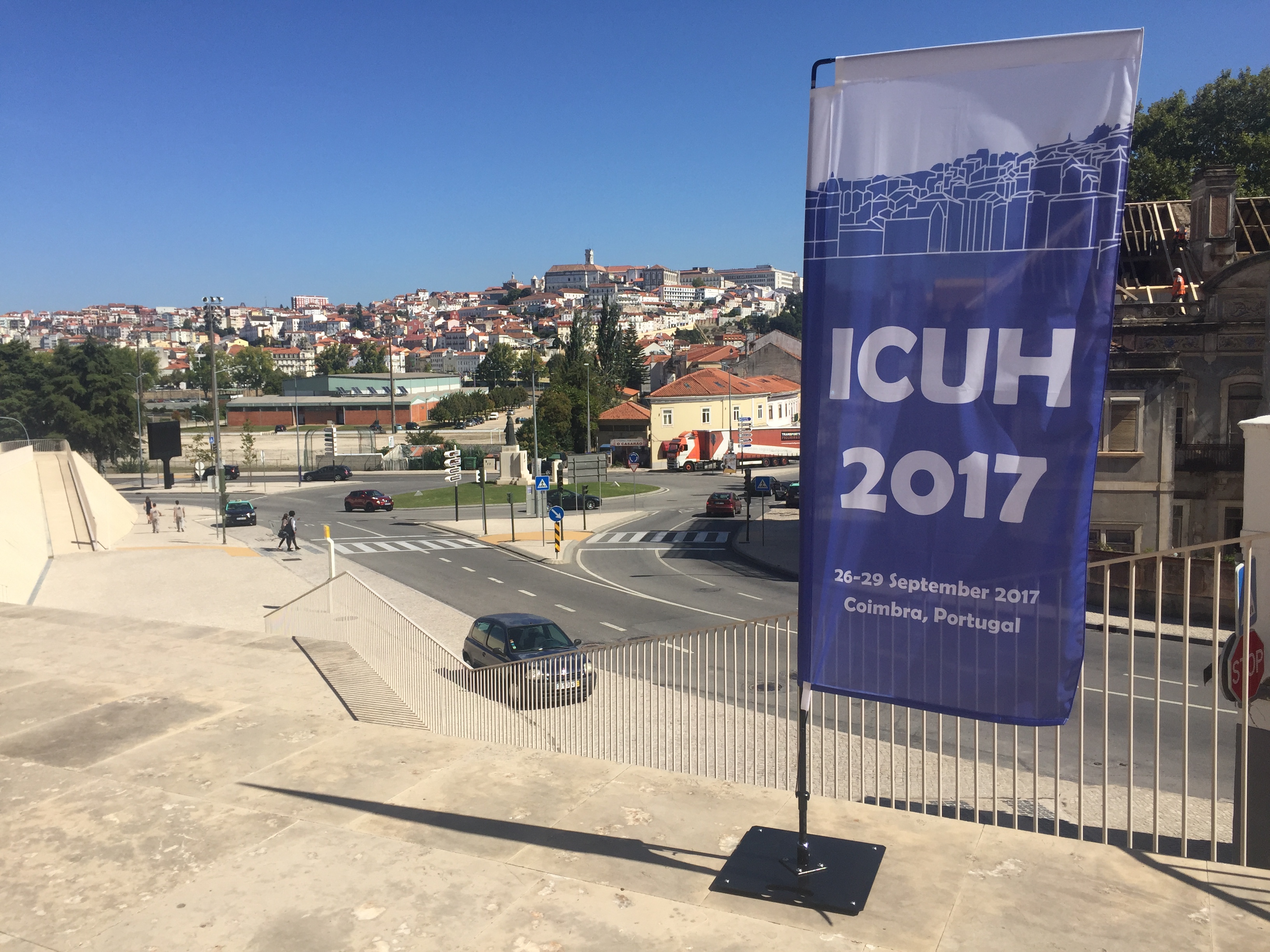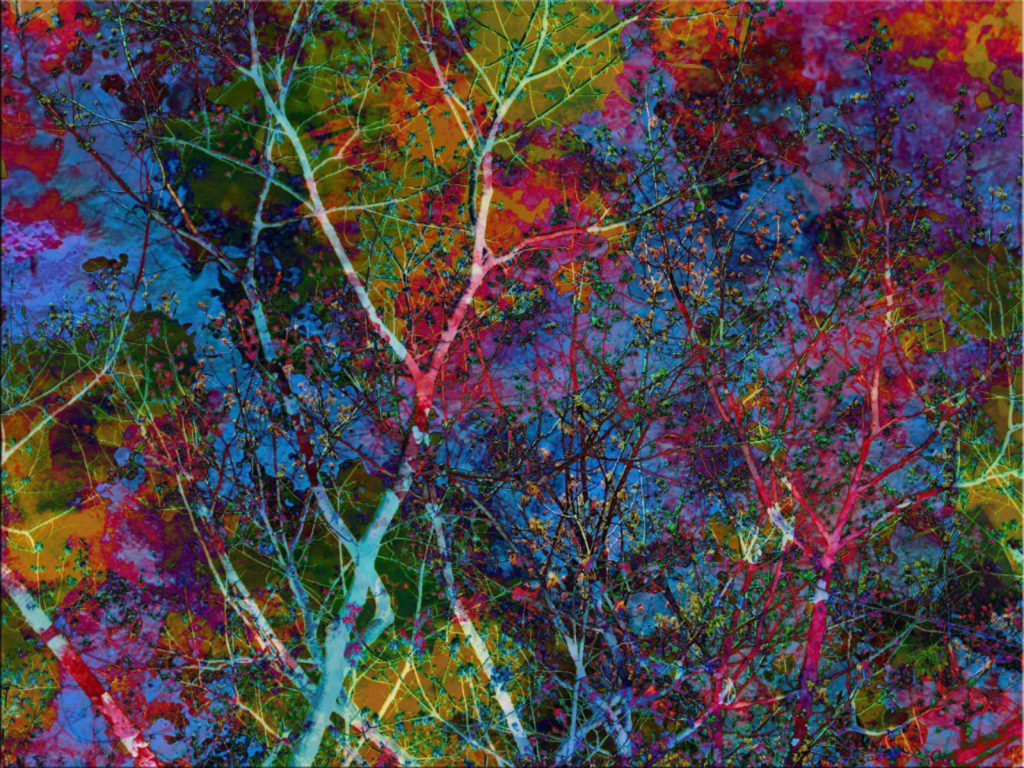
NeuroLandscape wholeheartedly embraces a multi-disciplinary approach, so it is quite challenging to establish one discipline which we most represent, one type of a scientific journal to publish in, or one area of conferences to participate in. Believe me when it comes to choosing keywords for our studies or key areas of expertise, it is even more challenging!
Fortunately things are changing and new approaches emerge around the world that look in the same direction as us and welcome multiple methods. One such initiative is this conference. Participation in the conference has made us realize how important the topics of urban health are right now—not so much to academic community, but rather to urban governing bodies and public health entities.
Agnieszka Olszewska-Guizzo, our delegate to the conference, participated in the one day brainstorming and workshop on “How to implement and scale up community best solutions for improving urban health “

It definitely was a chance to network with experts from around the world on what currently is being done, and can be done in the future, in order to improve and scale up community initiative for urban health.
Despite the great concern for the mental health problems that todays’ cities are challenged with, most scientific methods applied to this issue are almost entirely limited to self-reported surveys and questionnaires. Although there is nothing inherently wrong with these methods, using only this approach can be somewhat limiting, because social and cultural conventions influence how likely someone is to self-report symptoms of mental illness to an interviewer. Moreover, studies often report that depression among the poorest in society is not as severe simply because respondents tend to associate their problems more with their poverty when there are many other factors that may be at play, such as their physical environment [link].
At NeuroLandscape we provide an alternative to the self-reported approach, which is continuously improved upon. Instead of asking people about their mental health, we want to "ask" their brains, giving us a chance to capture the most subtle nuances of their perception that they may not even be aware of...


Our delegate gave a speech on Window View and the Brain Can Floor Level and Amount of Green within the View Have any Effect on Our Well-Being? to present the findings from a recent EEG experiment undertaken within the Biophilic Town Project at NUS Singapore. The presentation was met with great interest, which shows that the traditional methods of self mental-health assessment can already be challenged.
To sum up, it was a great conference, NeuroLandscape has found its people and the box where it fits (or rather a corridor connecting multiple boxes together)! We are very excited and looking forward to more events like this one!



